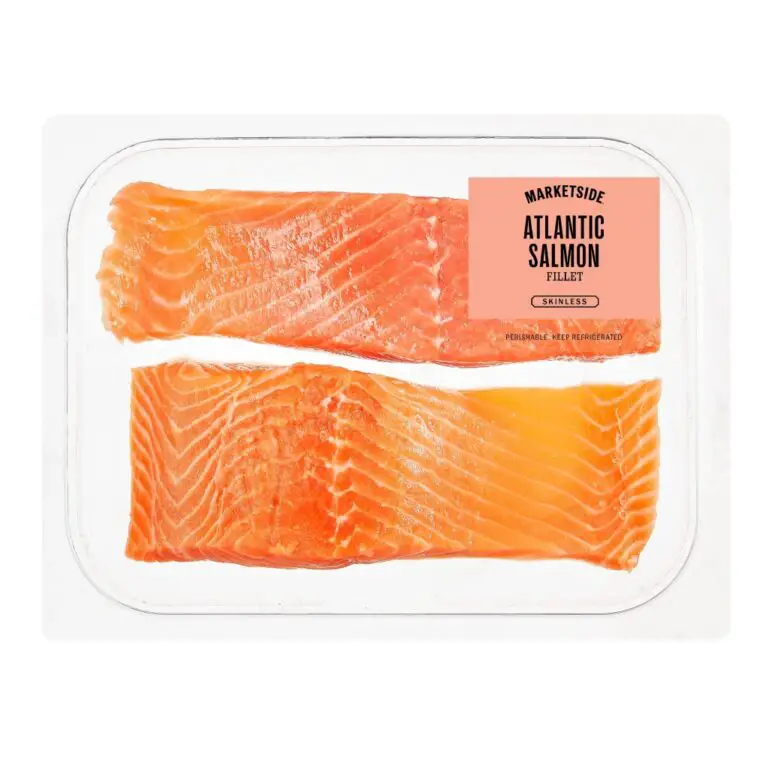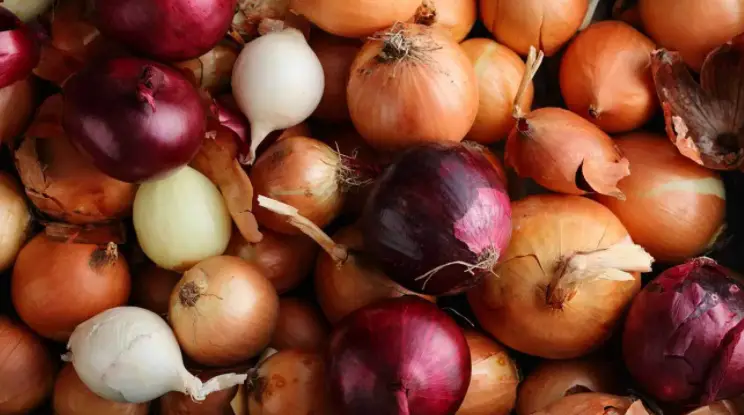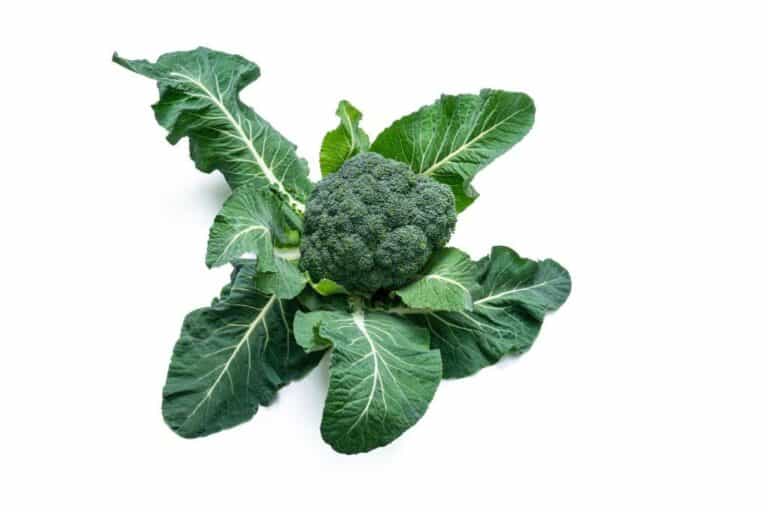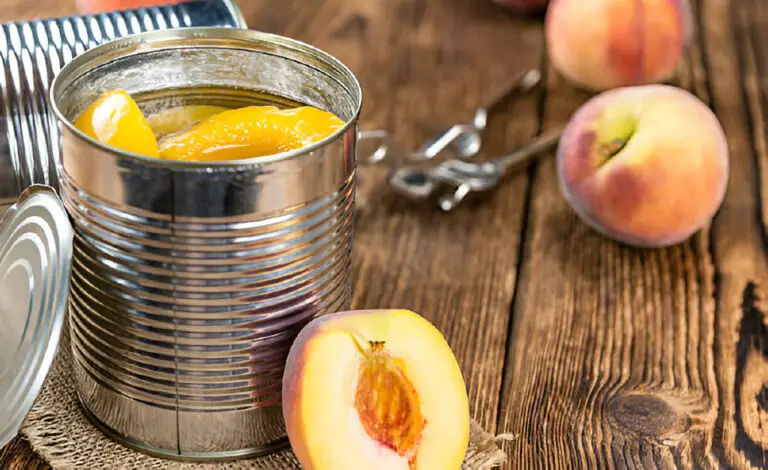From Sour to Savory: How to Reduce Acidity in Your Gravy
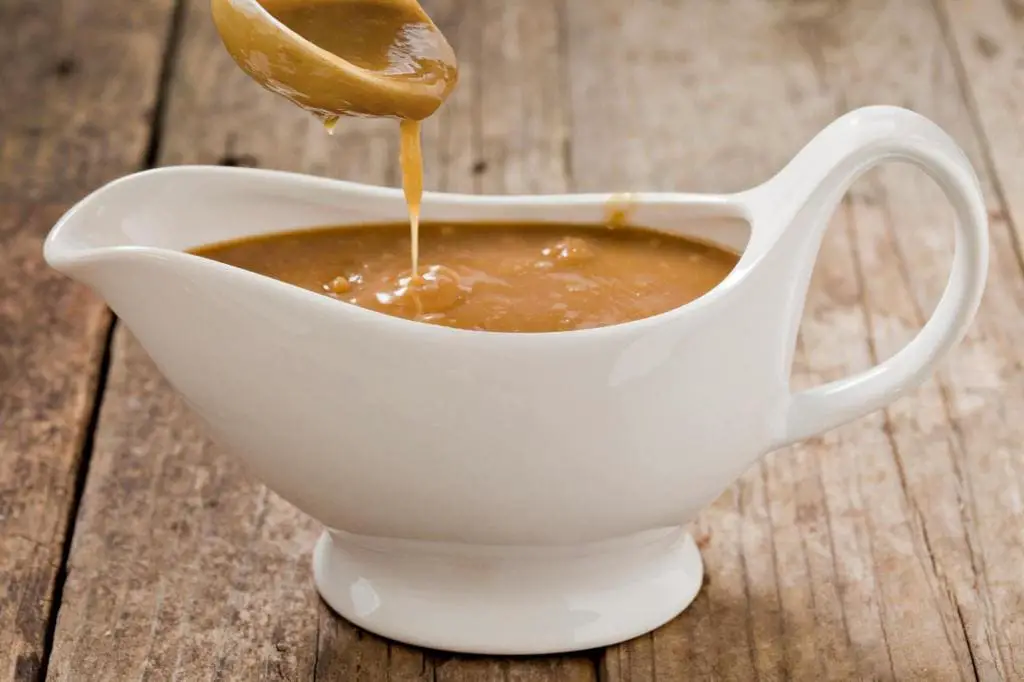
Few things can ruin a perfectly cooked meal like an overly acidic gravy. Miscalculating the balance of flavors in this beloved sauce can turn a dish from satisfying to tangy and unappetizing. Whether you’re preparing a classic Thanksgiving turkey or indulging in comforting beef stroganoff, you must master taming acidity. It’s crucial for achieving that velvety, smooth texture and harmonious taste.
In this article, we will delve into the world of gravy-making. We’ll explore practical tips and expert advice for reducing acidity and restoring balance to your favorite sauces. We’ll uncover common causes behind over-acidic gravies. Then, we’ll guide you through simple adjustments that will transform your cooking game.
Say goodbye to those pucker-inducing experiences as we embark on a journey towards perfecting the art of savory gravies!
What Causes Your Gravy to Taste Too Salty?
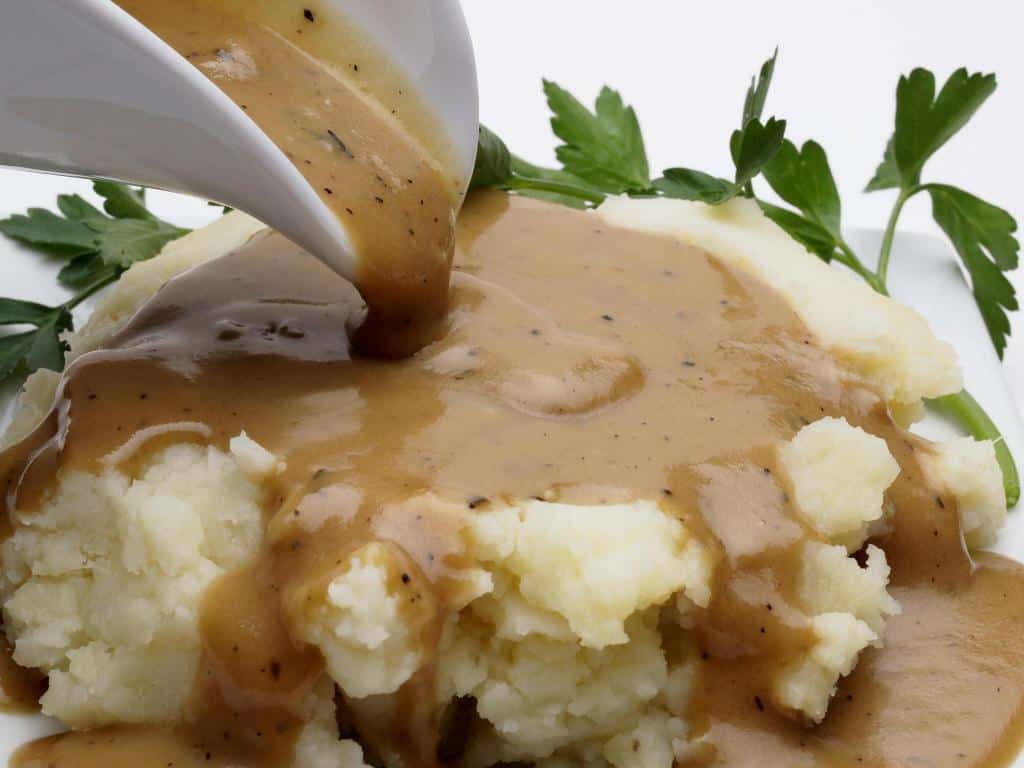
An acidic gravy can be good and bad at the same time. On one hand, a touch of tanginess can enhance flavors and add brightness to rich dishes. However, too much acidity can overpower the taste buds and leave your mouth puckering with every bite. To tame the tang in your gravy, it’s important to understand what contributes to its acidity.
1. Overseasoning During Cooking
The most common culprit is overcooking during the cooking process. Adding too much salt, whether by accident or oversight, can intensify the saltiness of the gravy. It’s essential to measure salt carefully and taste as you go, adjusting gradually to avoid this pitfall.
2. Citrus juice, such as lemon or lime
One common culprit is citrus juice, such as lemon or lime. These zesty additions bring a burst of freshness to many dishes. However, they also contain high levels of natural acids. This can tip the balance in your gravy towards sourness. Similarly, vinegar – whether white wine vinegar or balsamic vinegar – adds depth but must be used judiciously due to its acidic nature.
2. Salty Broth or Stock
The foundation of any good gravy is its base, usually broth or stock. If the broth or stock is already salty, it can significantly impact the overall salt content of the gravy. Opting for low-sodium or unsalted varieties can mitigate this issue, allowing for better control over the final seasoning.
3. Reduction and Concentration
As gravy reduces and thickens, the flavors concentrate, including salt. If the reduction isn’t monitored closely, it can lead to a saltier end product. Taste and adjust regularly during the reduction process. This can help maintain a balanced flavor profile.
| Related: Can You Reheat Gravy Twice? |
How to Reduce Acidity in Your Gravy
When it comes to taming the tang in your gravy, certain key ingredients can work wonders at neutralizing acidity. Let’s take some of the ingredients and add to neutralize your tangy gravy.
1. Adding Sweetness
One effective way to counterbalance acidity in gravy is by adding a hint of sweetness. This can help mellow out the tang and create a more harmonious flavor profile. Experiment with different forms of sugar, such as granulated sugar, brown sugar, or even maple syrup, for added depth.
Alternatively, try incorporating natural sources of sweetness, like honey or molasses. These ingredients not only enhance the overall taste but also add subtle complexities that take your gravy to the next level.
2. Introducing Creaminess
Another technique to tame acidity in gravy is by introducing creamy elements. The richness of dairy products helps soften the sharpness while creating a smoother texture. Consider stirring in a dollop of yogurt or sour cream into your gravy towards the end, just before serving it up on your plate.
Not only will this bring balance to overly acidic flavors, but it will also lend a luscious mouthfeel that’s sure to impress your guests.
3. Balancing with Umami
Umami, known as the fifth taste, can work wonders when it comes to balancing out acidity in gravies. Incorporate savory ingredients rich in umami, like sautéed mushrooms or soy sauce, during the cooking process. These robust flavors help round out any excessive tang. They add depth and complexity to your gravy without overpowering it with saltiness.
4. Incorporating Acidity Neutralizers
If you find an overly acidic gravy, consider using acidity neutralizers like baking soda or calcium carbonate tablets. They are sometimes used to relieve heartburn. Use these sparingly since they can affect taste if overused; start small and gradually increase amounts until desired results are achieved.
Remember, though, that experimentation is key! Finding the perfect balance might require some trial and error, depending on personal preferences and specific circumstances, so don’t be afraid to get creative!
Fixing Overly Salty Gravy: Simple Table
| Method | Details |
| Dilution with Unsalted Liquid | Gradually add unsalted broth, water, or unsalted gravy to dilute the excess salt. |
| Potato or Starchy Additions | Potatoes or additional starch can absorb some salt; simmer them in the gravy and discard. |
| Acidic Ingredients | A squeeze of lemon or a splash of vinegar can balance saltiness with a hint of acidity. |
Tips and Tricks for Preventing Excessive Acidity
Creating a balanced gravy starts from the beginning. One effective technique is to use a flavor base that includes both sweet and savory elements. You can accomplish this by sautéing onions with a little bit of sugar before adding other ingredients like garlic, herbs, or spices. The natural sweetness of the caramelized onions will counterbalance any acidity that might arise later in the cooking process.
Another tip is to choose ingredients wisely. Acidic components such as vinegar or lemon juice should be used sparingly if you want to avoid an overwhelmingly tangy taste. Instead, consider using alternatives like apple cider vinegar or balsamic glaze for a milder touch of acidity.
One crucial mistake many home cooks make is waiting until the end to taste their gravy for seasoning adjustments. Instead, develop your palate with every step of preparation! After creating your initial flavor base and incorporating liquid (stock or broth), give it a taste. Does it lean towards sourness? If so, try adding just a pinch more salt, which can help reduce perceived acidity.
As you simmer your gravy on low heat, check its progress periodically—unlocking its magic through frequent sampling enables you to detect subtle changes during the reduction process easier than waiting till mealtime nears completion!
Adding small amounts of chicken stock or water brings back balance without overpowering the flavors already present; resist temptation and overwhelming adjustments, however tempting they may seem initially; refined simplicity often leads to tasteful success while exercising restraint in terms of adjustment!
Expert Cooking Tips to Prevent Salty Gravy
Taste as You Go:
- Regularly sample your gravy during the cooking process.
- Adjust ingredients in small increments to achieve the perfect balance.
Slow Simmer:
- Allow your gravy to simmer over low heat.
- Slow cooking helps meld flavors and reduces acidity naturally.
Experiment with Spices:
- Certain spices, such as cinnamon and cloves, can add depth and help counteract acidity.
- Experiment with small amounts to find the perfect spice blend.
Conclusion
In the quest for a perfectly balanced gravy, it’s important to remember that there is no one-size-fits-all solution. Each gravy has its own unique flavor profile and requires different adjustments to tackle acidity. So, don’t be afraid to get creative in your kitchen! Experimentation is key when it comes to taming the tang in your gravies. Try incorporating different ingredients or tweaking cooking techniques until you find the perfect balance that suits your taste buds.
Remember, even seasoned chefs have had their fair share of acidic mishaps. It’s not about avoiding mistakes altogether, but rather learning from them and using those experiences as an opportunity for growth. Don’t be discouraged if your first attempt at fixing an overly acidic gravy doesn’t turn out exactly as expected; keep honing your skills! With time and practice, you’ll become more familiar with how various ingredients interact and develop a knack for achieving that delightful harmony between flavors.

